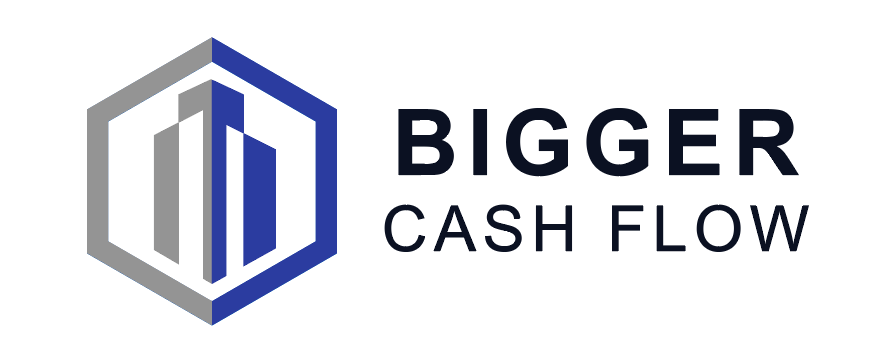Real Estate 022: Using a Home Equity Line of Credit (HELOC) or Refinancing your Property
/During the upswing of a market cycle, homeowners may be wondering if it is a good idea to tap into their home equity, or the difference between the market value of the property and remaining balance of the loan. There are three popular ways (other than selling) a homeowner extracts the equity portion of their property: refinance, home equity loan, and home equity line of credit.
1. Refinancing your Home
We often hear it on the news, radio, or online advertisements, "take advantage of low rates, refinance and lower your monthly payment!" I know I have received dozens of mail from mortgage lenders offering me to take their deals. In short, refinancing means taking a new loan to replace your existing loan. This is usually done to either take advantage of lower interest rates, remove private mortgage insurance (PMI), or better terms (5, 15 vs 30 year amortization), to take cash-out, or both. People may benefit from taking the equity in their home which fluctuates with the market and putting that money to other use: consolidate debt, make necessary purchases, or even invest in real estate. In addition, without taking cash out of the property, you can use the lower interest rate to lower your monthly payments (assuming the gain is higher than the closing costs involved in the transaction).
2. Home Equity Loan (HELOAN)
A home equity loan is another type of equity stripping used by homeowners to take advantage of a lower LTV (loan to value) which is experienced during times of appreciation. Equity loans are available in both fixed or adjustable rate mortgages where a financial institution (typically a bank or credit union) has 2nd lien position on the home. This means that in addition to your original mortgage which is in 1st lien position, or first in line to be paid out when there is a sale, refinance, or other action on the home, there is another mortgage that is on top of the 1st lien note. As 2nd lien position requires the 1st lien position holder to be paid in full before the 2nd lien holder sees a dime, this is seen as higher risk, as such there is more scrutiny during underwriting and may be more difficult to qualify.
3. Home Equity Line of Credit (HELOC)
A HELOC, or home equity line of credit, is similar to the home equity loan in that it is a 2nd mortgage (home serves as collateral), but a HELOC is a form of revolving debt, like a credit card with simple interest (not amortized). This means that you are able to withdraw money up to an approved limit, using a bank transfer, card or check, repay it and draw it down again within the predefined terms of the loan. As a HELOC is a secured loan, you are able to obtain a lower interest rate than the average credit card (around 22-25%) or personal bank line of credit (typically 8-12%).
A limitation to the HELOC is the draw schedule, typically 5-10 years, variable interest rate, and the loan to value requirements (e.g. 80-100% LTV). For example, if your house is worth $500,000 and you currently have a $300,000 mortgage balance, you are at a 60% LTV. If a lender decides to limit the LTV to 90%, that means the maximum amount your HELOC can be is $150,000 ( = $500,000 * 90% - $300,000).
Depending on the usage of the HELOC it may be beneficial to consolidate debt or use the funds to purchase necessary items that otherwise may have carried a higher interest rate (e.g. 20% consumer credit rate vs 5.5% home equity line of credit rate). However, as this line of credit is secured by your home, you want to ensure you have a plan to pay off the debt so that you do not put your primary residence at risk of foreclosure.
In addition to purchases and debt consolidation, savvy investors use a HELOC to purchase a rental property all cash and refinance out their money to pay back the HELOC, or take enough funds for a 20% downpayment on a turnkey property. If the rental property is achieving double digit returns (i.e. 12% conservatively), against a HELOC rate of 5.5%, then you have created a 6.5% spread on the borrowing cost and increased passive income without using any of your own money (read: leverage/other people's money).
In conclusion, before you go out and apply for one of the three aforementioned products, please remember each bank and credit union have different rates and terms as well as conditions (draw schedule, etc.). Further, they will also have different programs that will incentivize a new customer such as paying for closing costs, appraisal, and introductory rates at 1.99% for 6 months. Make sure you watch out for any hidden fees such as annual maintenance fees and draw fees that may build up quickly. There are always risks involved when using other people's money and using debt to create income producing assets, however, if you know your numbers and have a solid plan of repayment, you will be able to scale up your property safely and quickly than other methods.
As always, please make sure you do your due diligence and talk to your CPA/Attorney/Financial Adviser before making any investment decision.
Good luck!












